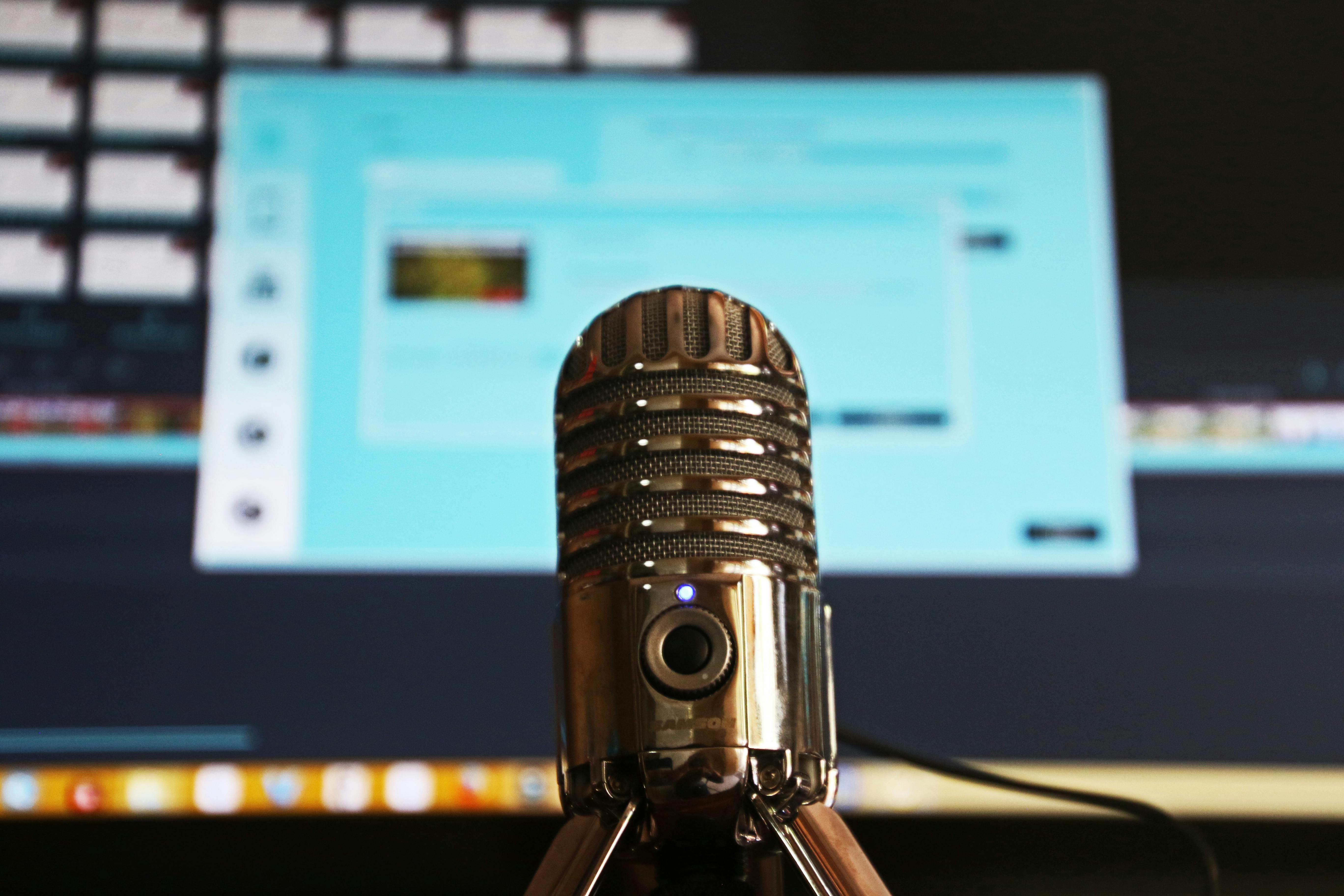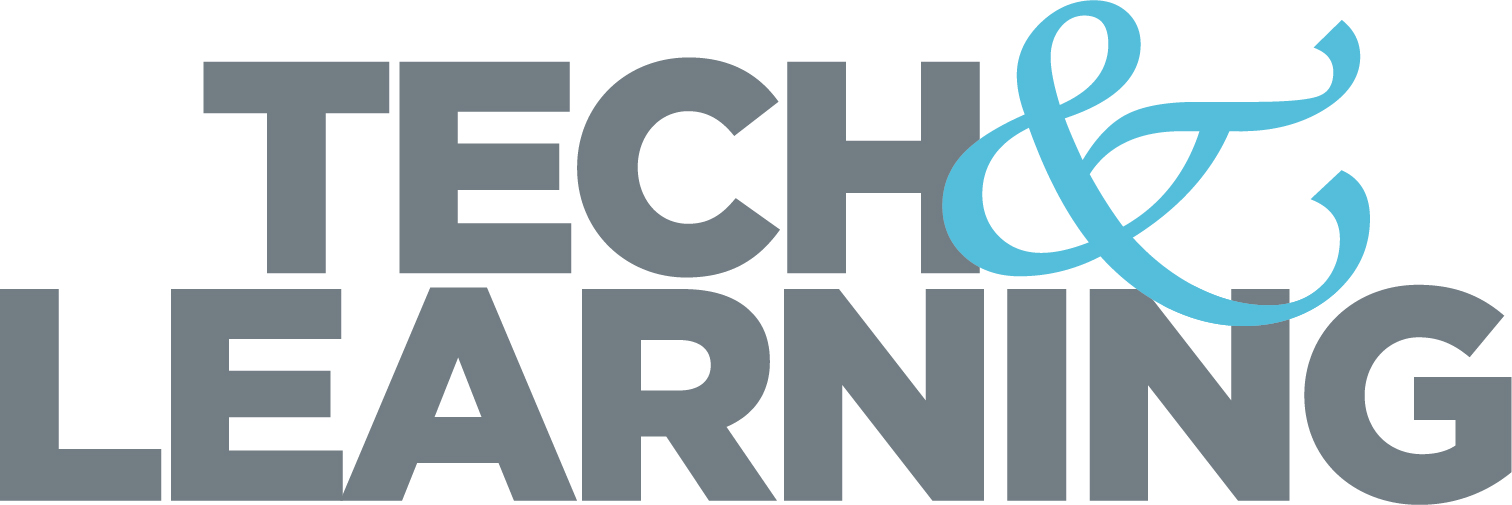How One District Launched Its Mobile STEM Lab
The STEAM Machine is a portable STEM lab and mobile makerspace that just got rolling in Wichita Falls ISD
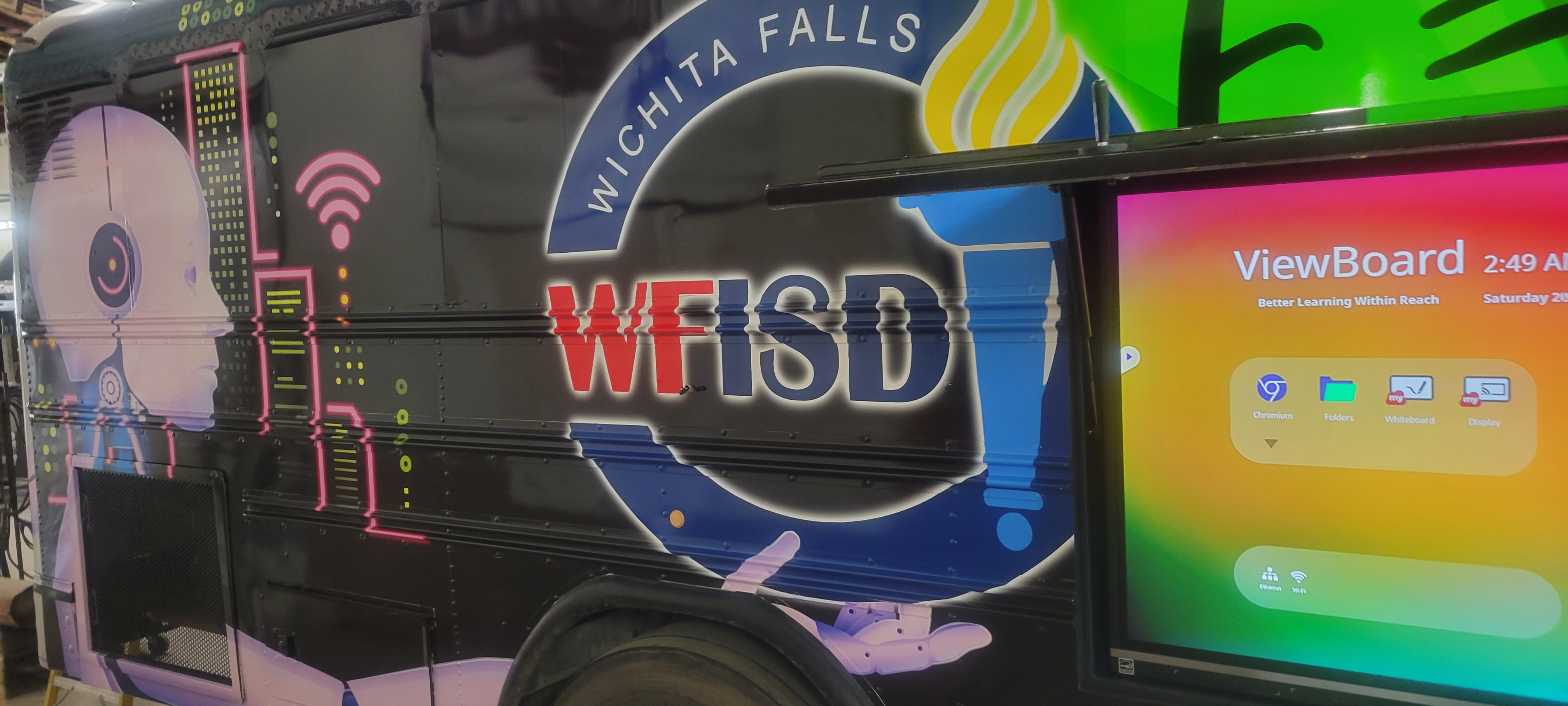
When educators in the Wichita Falls ISD in Texas began planning to launch a mobile STEM lab by refurbishing an old school bus, they didn’t realize this type of project was already a thing in other districts.
“We thought we were coming up with a genius idea of a mobile STEM lab and found out that nope, there are some other ones out there,” says Dr. Peter E. Griffiths, the district’s associate superintendent, who also received the Tech & Learning Innovative Leader Award.
However, while mobile STEM buses may exist in other districts across the country, the newly unveiled STEAM Machine is still very much one-of-a-kind as is the story of how the school district came together with dedicated community partners to build it.
The Idea for The STEAM Machine
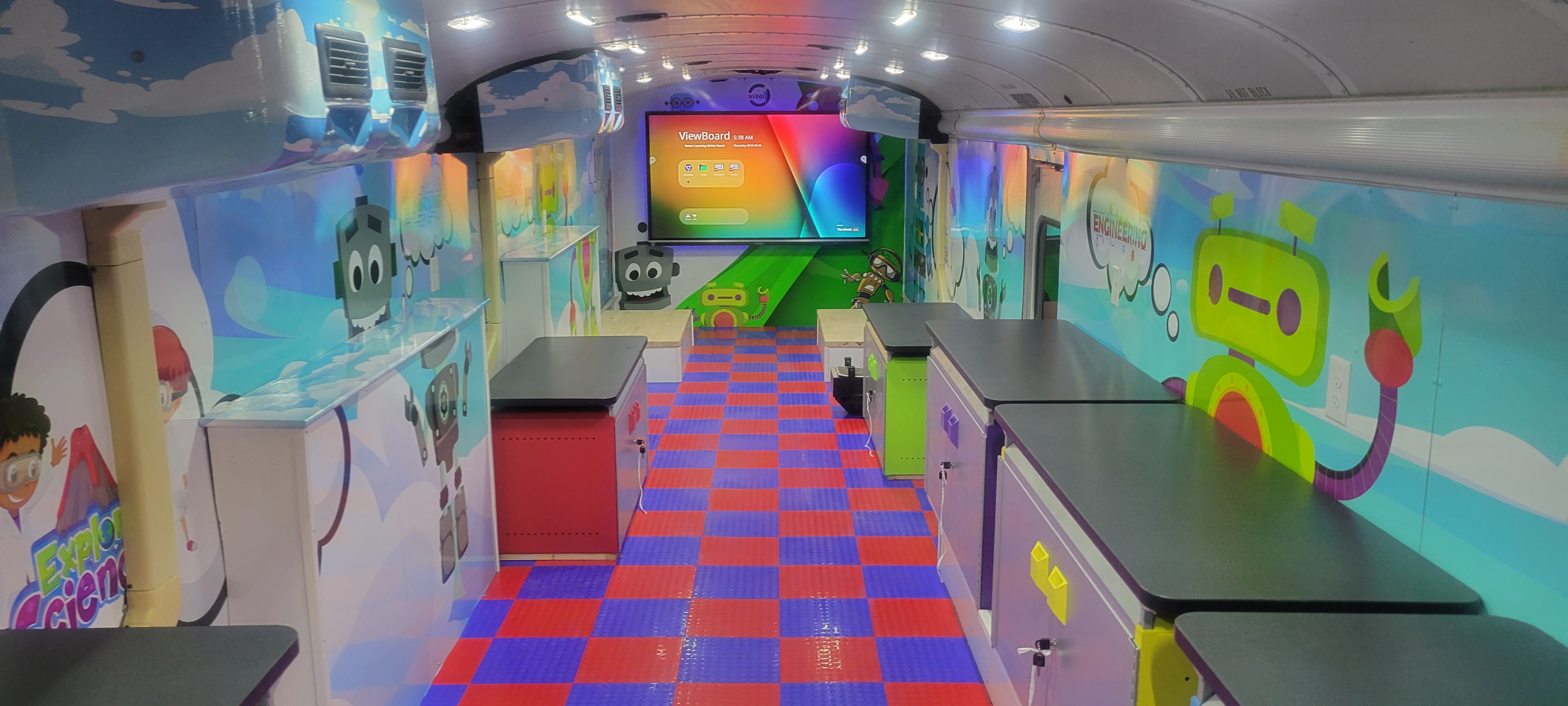
The idea for the STEAM Machine grew out of Griffiths and his colleagues' wish to provide more access to career and technical education (CTE) experiences for students during COVID. The district’s gifted/talented (GT) students had previously had the opportunity to travel to STEM facilities and learn coding and other technical skills, but COVID made that more difficult.
“We just started talking about, ‘Wouldn’t it be cool if we were able to take some of this stuff and take it to the schools?'” Griffiths says. They soon realized that they could retrofit an old bus and the benefits of a mobile STEM lab would provide increased access to CTE and STEM even when COVID restrictions were lifted.
“This is a way that we're taking what we do for the GT kids, and we're taking it to all the kids,” Griffiths says.
Someone early on suggested they call it the STEAM Machine, which reminded Griffiths of the Mystery Machine from Scooby-Doo and seemed perfect.
Tech & Learning Newsletter
Tools and ideas to transform education. Sign up below.
Building and Funding The STEAM Machine
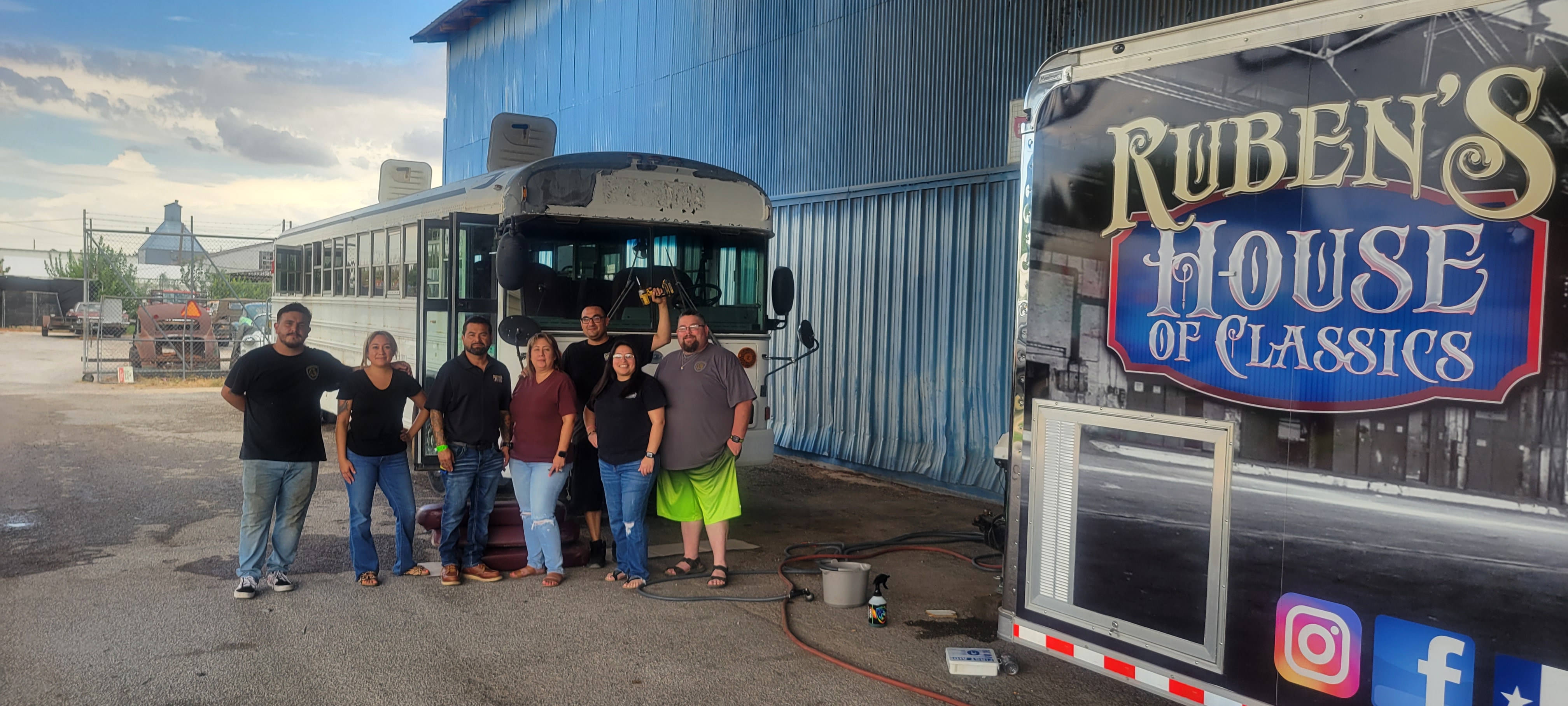
Districts auction off buses when the vehicles become too old and accumulate too many miles for the stresses of everyday commutes and transportation. Griffiths and his colleagues decided to reroute one of those soon-to-be auctioned vehicles. “Give me your 'best worst' bus,” Griffiths says they asked the transportation department.
The district’s “best worst” could still run but was old and ugly. “It looked like a prison bus,” Griffiths says. Soon, however, the process of transforming that vehicle would begin.
Griffiths reached out to Reuben Rodriguez, owner of Reuben’s House of Classics, a local car refurbishment company, and explained what they wanted to do. Rodriguez agreed to work with the district on the price provided they could send CTE students to help with some of the restoration work.
The district was able to obtain a $40,000 West Foundation grant for the bus renovations. “Then we used Title IV funding to help pay for all the gizmos and gadgets that go into the bus,” Griffiths says. “So in the end, we got this whole bus and it cost us zero in general funds.”
The STEAM Machine in Action
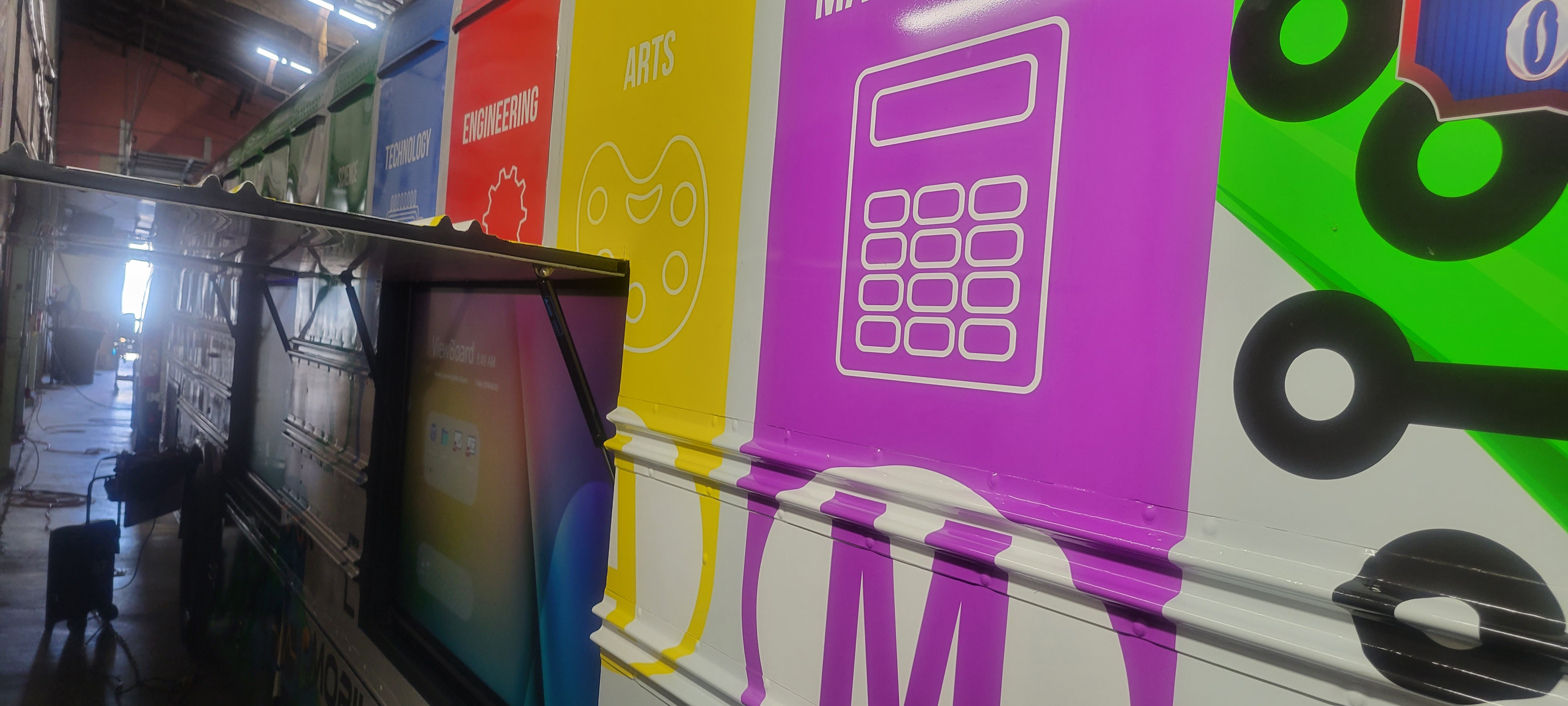
The STEAM Machine looks like a device from a video game or a real-life Lego truck, and operates as a mobile makerspace. It has two touchscreen TVs on its exterior and more gadgets inside. It comes complete with drones and drone obstacle courses that will help students learn about coding and the fun that can be had from the experience.
“It’s pretty awesome,” Griffiths says. “Those are things that a lot of these kids have never experienced before.”
To operate the bus, the district has hired a retiring GTA teacher who will now take the bus to various schools and engage in different lessons with students and educators. Bringing the bus from the dream stage to fruition has taken a lot of perseverance, resiliency, and collaboration between educators and the community, Griffiths says.
“Coming out of COVID, we were so concerned about kids losing out on experiences again, and this was a solution,” he says. “COVID is over with but we weren't going to let this go.”
Erik Ofgang is a Tech & Learning contributor. A journalist, author and educator, his work has appeared in The New York Times, the Washington Post, the Smithsonian, The Atlantic, and Associated Press. He currently teaches at Western Connecticut State University’s MFA program. While a staff writer at Connecticut Magazine he won a Society of Professional Journalism Award for his education reporting. He is interested in how humans learn and how technology can make that more effective.








